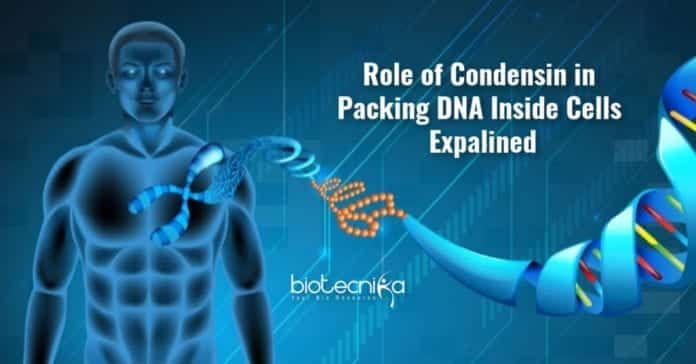Scientists Reveal the Role of Condensin in Organizing DNA Inside Cells
New information about vital structures inside cells that are responsible for organizing our DNA has been uncovered by scientists at the Institute of Cancer Research.
The team studied two critical structures involved in condensing DNA into chromosomes, called condensin I and condensin II, using state-of-the-art imaging techniques.
Since these features often get deregulated in cancer cells, leading to harmful mutations in the DNA, the findings could have major implications for understanding how cancer develops.
The researchers at the Institute of Cancer Research collaborated with those from Columbia University in the U.S, looked at individual condensin molecules using electron microscopy, and studied the activity of condensin molecules using a technique called single-molecule imaging. Basically, they were trying to understand what cells are doing in extraordinary detail by placing them under a microscope.
Structures as small as DNA can be visualized through an electron microscope, and it can be used to study individual condensin molecules. They built a structural model of condensin by putting lots of images together and showed that condensin has passages through its structure that could hold DNA.
They were also able to follow the activity of the
molecules and see condensin making loops in DNA by labeling condensin molecules with a kind of fluorescent luggage tag.A DNA could measure three meters end to end if fully stretched out. So the cell has to condense all its DNA to fit it inside the human cell that measures just a fraction of the width of a human hair. It’s like packing a very long rope inside a very tiny bag. Condensin plays a major role in doing this in an organized way, without forming knots. The DNA forms loops, all coiled around bead-like special proteins called histones, using condensin molecules to form nucleosomes.
The new study provides some insights into how human condensin I and II to ‘jump’ over these nucleosomes. This is the first time researchers are suggesting condensin’s role in organizing DNA effectively with nucleosomes this way. These condensin complexes are often altered in many types of cancer; hence the study could help future researches on new treatments for cancer.






























